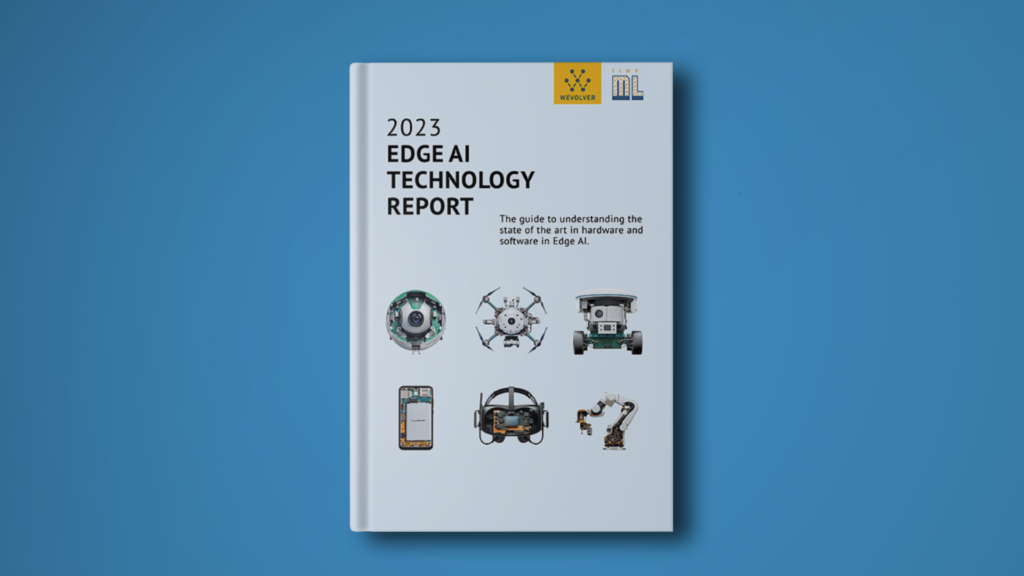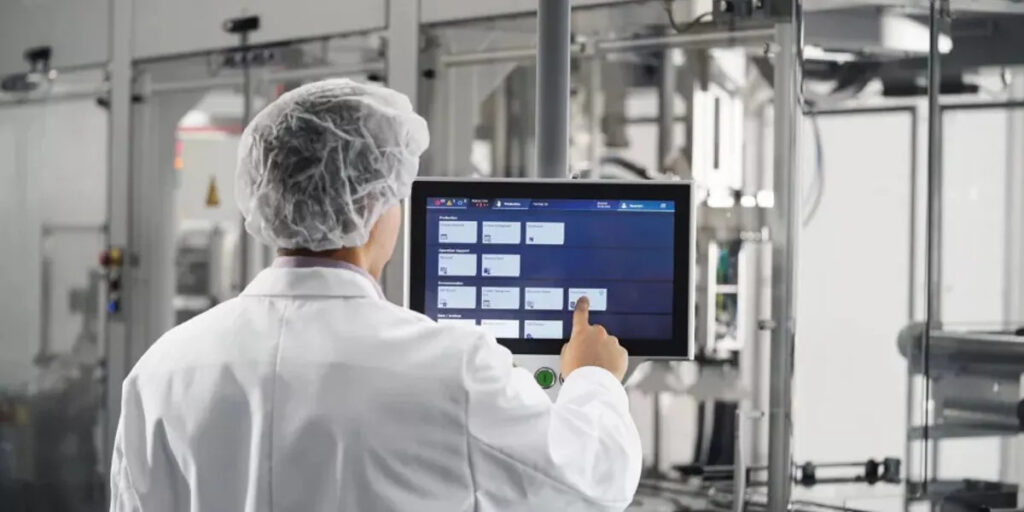The days of the hard computer chip may be numbered with the growth in stretchable electronics. Covered in transistors and other semi-conducting elements, these rigid devices likewise render the devices in which they are found – our televisions, laptops and smartphones – similarly inflexible. Here, Samir Jaber, content writer at materials database Matmatch, has explained how a new paradigm shift in electronics, stretchable electronics, could herald an altogether more flexible future.
Despite many false starts, stretchable electronics have been developing, and becoming commercialized, for about a decade. According to a recent report by IDTechEX Research, ‘Stretchable Electronics 2017 to 2027’, the market for stretchable electronics could grow to at least $600 million by 2027.
Stretchable electronics are required to conform to a required shape and survive the environment in which they must operate. The main application behind the technology’s explosive growth potential is wearables, where stretchable electronics can be woven into soft fabrics or textiles. Wearables, whether they are relied upon in military, medical or sports applications, demand one dimensional (1D) electronic devices that are light, flexible and adaptable to frequent deformations.
Other applications include soft robots, that are, as the name suggests, made from soft or elastic materials, and stretchable sensors, circuits, displays, batteries, energy harvesters, displays, transistors and photovoltaics. “Stretch sensors” are finding use in a variety of applications from electronic textiles to robotic arms, and the industry is considering new applications beyond these; including the notion that stretchable electronics could one day offer a biomimicry of human skin. Nevertheless, many of these ideas are still in the early proof-of-concept phase.
The primary drivers behind stretchable electronics are material synthesis, mechanical design and fabrication. Clearly, much progress has been made in stretchable electronics. But what are the materials and processes affecting this significant paradigm shift in electronics? There are two basic principles behind the manufacture of stretchable conductors and electrodes. First is the use of intrinsic stretchable materials; second is making intrinsically non-stretchable materials stretchable.
Either way, to achieve stretchable conductors, conductive components — like metal nanowires, conductive carbon nanomaterials and conductive polymers — are often used as fillers and arranged in an elastomer matrix, whereby materials are cross-linked. This matrix is arranged to a desired structural design. This may be a wavy configuration, a fractal design or a horseshoe-shaped planar structure.
In recent years, strenuous efforts have been made to improve the electronic performance of these technologies under stretching. But, how ‘stretchable’ must this technology be? For smart clothing and other wearable electronic devices, 25% stretchability is generally enough and the device must maintain its performance up to the critical strain.
Two methods for producing stretchable materials have emerged in recent years. One is remote epitaxy, or the “peel and stack” method. Developed by engineers at the Massachusetts Institute of Technology (MIT), remote epitaxy involves growing thin films of semiconducting material on a large, thick wafer of the same material. This is covered in an intermediate layer of graphene, which is 200-times stronger than steel and thought to be one of the most promising semimetals on Earth.
Any number of thin, flexible semiconducting films can then be peeled away from the graphene-covered wafer. Crucially, it’s possible to stack films made from different materials to produce flexible, multifunctional electronic devices. The essence of the technology — that MIT says is cost-effective — depends on polarity, or charges between the atoms flowing over graphene and the atoms in the underlying wafer.
Meanwhile, researchers in China has developed an alternative to MIT’s “peel and stack” method. This fashioned material is called a metal-polymer conductor (MPC). However, the metals are not typical conductive solids — copper, silver, or gold — but, instead, gallium and indium that exist as a syrupy liquid through which electricity can flow. In simple terms, the MPC has been described as islands of round liquid metal floating in a sea of silicone-based polymer.
The polymer network itself yields mechanically resilient materials with enough conductivity to support functioning circuits. MIT’s engineers have tested different MPC formulations in a range of applications including wearable keyboard gloves.
Whatever exciting applications are in the pipeline for stretchable electronics, materials scientists and design engineers can make use of a comprehensive materials database like Matmatch to keep up-to-date with the latest applications, materials choices and fabrication strategies behind this fascinating new evolution in electronics. While the days of the rigid computer chip are not over, we can at least look forward to the expanded possibilities of a more flexible future.
This article was featured in Electronic Specifier and New Electronics.





